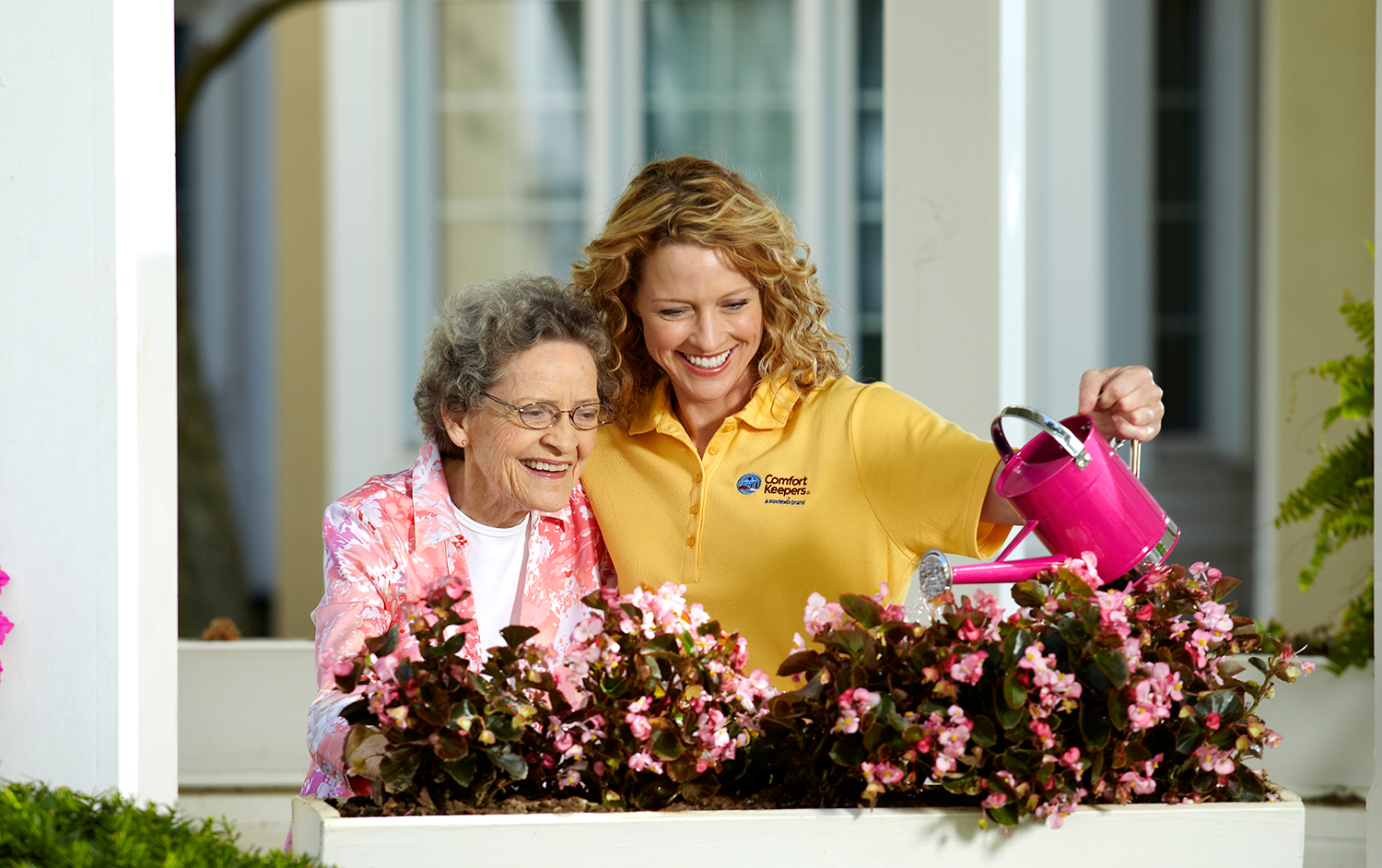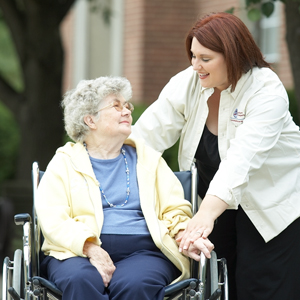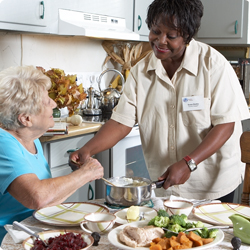Caring for a Loved One With Arthritis.
Blog | April 3, 2016
Osteoarthritis is the most common type of arthritis in seniors. More than 4.6 million Canadian adults report having arthritis, including more than 3 million who suffer from osteoarthritis — the kind of arthritis most likely to affect seniors.
Caring for a loved one who has arthritis can be challenging. Here are three things you can do to help.
Do your arthritis homework
Did you know that there are more than 100 different types of arthritis? The word arthritis means inflammation of the joint, and it’s an umbrella term that covers a whole range of conditions. Osteoarthritis is the most common type, but it’s important to know the details of your loved one’s diagnosis.
For example, osteoarthritis, which used to be referred to as “wear and tear” arthritis, leads to the breakdown of cartilage and the underlying bone. Rheumatoid arthritis is a systemic inflammatory disease that affects the lining of the joints. Gout, lupus, and fibromyalgia are other conditions that fall under the arthritis umbrella. The type of treatment and support your loved one needs will depend on which type (or types) they have, and how advanced their condition is.
Educating yourself about your loved one’s condition will help you determine what specific steps you can take to support them. Even more importantly, it signals to your loved one that you’re sincere about helping them in the best way possible.
Talk the talk, and walk the walk
People experience symptoms differently. Ask your loved one questions about what movements cause them discomfort, and what methods help relieve their pain. If they regularly use a heating pad to loosen stiff joints or an ice pack to reduce swelling, consider having an extra one on hand so there’s always one available when they need it. If they look uncomfortable, offer to bring them one. If their doctor has prescribed medication, establish a system to make sure they take their medication as prescribed.
Once you have a better understanding about their condition, take a good look around the home, and look for opportunities to make things safer. Consider using a safety checklist to help identify things like loose carpeting or hard-to-reach kitchen supplies that could create a hazard for someone with limited mobility. Installing handrails in the bathtub and along stairways can also make day-to-day activities much easier. Your loved one’s doctor might also have recommendations for other mobility devices, such as a shower stool, a raised toilet seat, or a cane or walker.
Your loved one’s heath team might also have specific exercise and dietary recommendations. Talk to your loved one about how you can tackle those things as a team. Healthy food choices and appropriate physical activity can benefit both of you. If you’re walking together, let them set the pace. They won’t want to ask you to slow down, but they’ll sure appreciate it if you do.
Offer to help, and then do it
Sometimes asking for help is hard to do, and even when it’s offered people don’t want to impose. If there are activities that are especially difficult for your loved one, make arrangements to get them done another way. If you’re driving them to a medical appointment, consider dropping them off at the door before you park. Make the bed before they have a chance. Open tightly closed jars before they ask (or pick up a tool that makes opening jars easier to do).
Working with your loved one to actively manage their condition will make things easier for both of you. If you need more ideas, contact your local branch of the Arthritis Society
Individualized Home Care Options
Long-Term Home Care, 24 Hour Home Care & Short Term Care Options Customized for You







